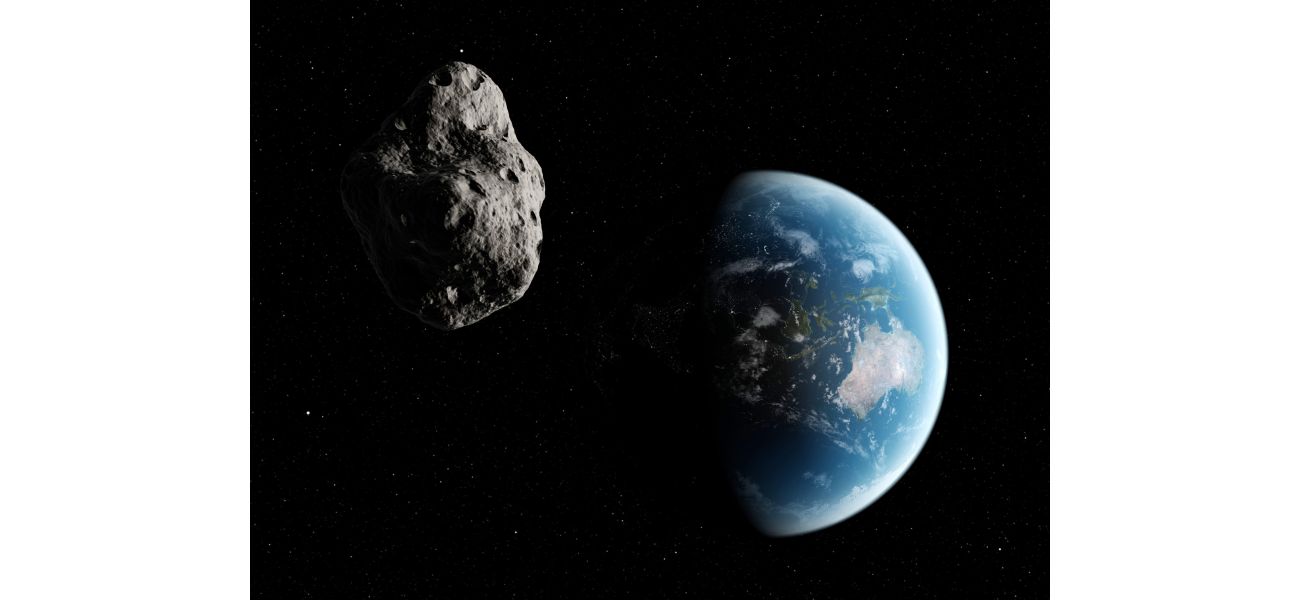Later this month, Earth will have a second 'mini-moon' orbiting around it.
We'll be getting close to a new moon, but it will only last 56 days.
September 16th 2024.

For a brief period of about 56 days, our planet is about to have a new companion in the sky - a second "mini moon". But don't worry, our long-standing relationship with the moon will not be threatened. After all, we've been together for around 4.6 million years. This new addition is just a temporary fling.
The object in question is an asteroid, named 2024 PT5, that will be "captured" by Earth's gravity on September 29th. It's only about ten meters long, making it a tiny speck compared to our trusty old moon. But its arrival is causing quite a stir, as it's not often that we get an extra space rock tagging along.
According to the Research Notes of the American Astronomical Society, this phenomenon, known as a "mini-moon event", can occur when Near-Earth objects come close to our planet. During this time, their energy becomes negative, and they may briefly orbit Earth. We actually had a bonus moon from July 2006 to July 2007, and now this new visitor is set to join us for a few weeks.
However, it won't be a permanent fixture like our faithful moon. In fact, there's some debate about whether it can even be considered a mini-moon since it's not expected to complete a full orbit around Earth. And here's another interesting twist - there's a possibility that this asteroid originated from our own moon.
Paul Chodas, from NASA's Jet Propulsion Laboratory, believes that its previous motion indicates it could be "a piece of ejecta from an impact on the moon". This adds to the theory that our moon was once a part of Earth, until a "giant impact" with another small planet knocked it out and formed our current moon.
So, in a way, this mini-moon's arrival could be seen as a brief family reunion. Unfortunately, it won't be visible to the naked eye, and we'll have to rely on advanced telescopes to catch a glimpse of it. But fear not, because it's predicted to return in 2055, and maybe by then, we'll have the technology to see it on our smartphones or AR glasses.
The object in question is an asteroid, named 2024 PT5, that will be "captured" by Earth's gravity on September 29th. It's only about ten meters long, making it a tiny speck compared to our trusty old moon. But its arrival is causing quite a stir, as it's not often that we get an extra space rock tagging along.
According to the Research Notes of the American Astronomical Society, this phenomenon, known as a "mini-moon event", can occur when Near-Earth objects come close to our planet. During this time, their energy becomes negative, and they may briefly orbit Earth. We actually had a bonus moon from July 2006 to July 2007, and now this new visitor is set to join us for a few weeks.
However, it won't be a permanent fixture like our faithful moon. In fact, there's some debate about whether it can even be considered a mini-moon since it's not expected to complete a full orbit around Earth. And here's another interesting twist - there's a possibility that this asteroid originated from our own moon.
Paul Chodas, from NASA's Jet Propulsion Laboratory, believes that its previous motion indicates it could be "a piece of ejecta from an impact on the moon". This adds to the theory that our moon was once a part of Earth, until a "giant impact" with another small planet knocked it out and formed our current moon.
So, in a way, this mini-moon's arrival could be seen as a brief family reunion. Unfortunately, it won't be visible to the naked eye, and we'll have to rely on advanced telescopes to catch a glimpse of it. But fear not, because it's predicted to return in 2055, and maybe by then, we'll have the technology to see it on our smartphones or AR glasses.
[This article has been trending online recently and has been generated with AI. Your feed is customized.]
[Generative AI is experimental.]
0
0
Submit Comment





